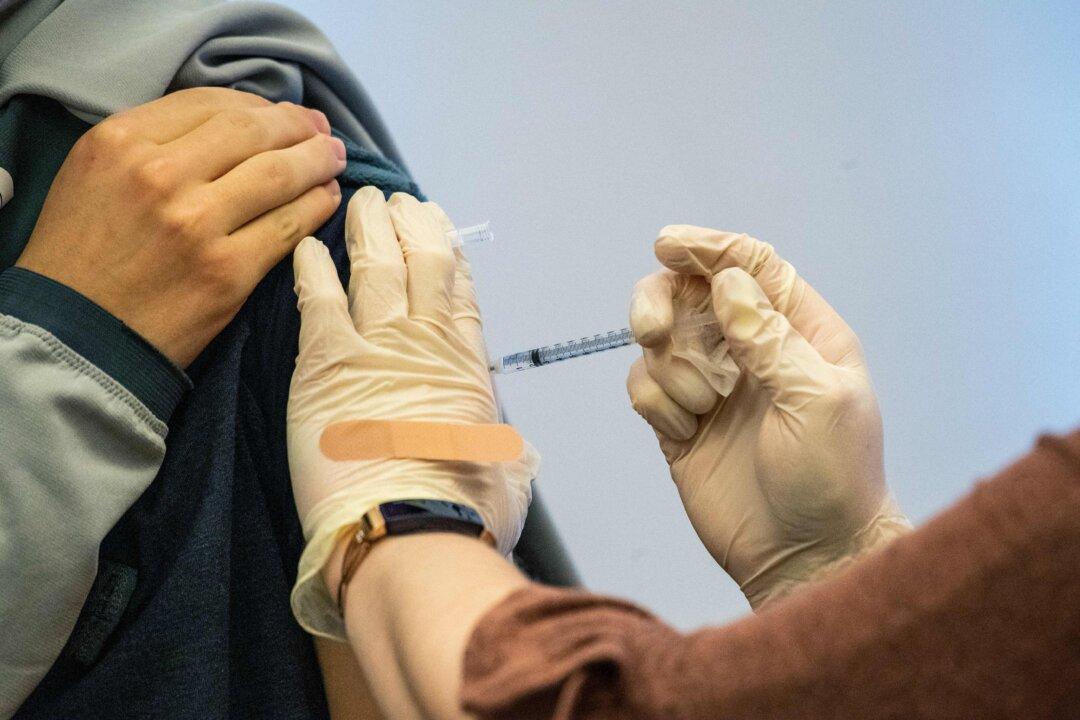News Analysis
Doctors and scientists are seeing an increase in the reactivation of the chickenpox virus, known as varicella-zoster virus (VZV), following the COVID-19 injections.

Doctors and scientists are seeing an increase in the reactivation of the chickenpox virus, known as varicella-zoster virus (VZV), following the COVID-19 injections.
